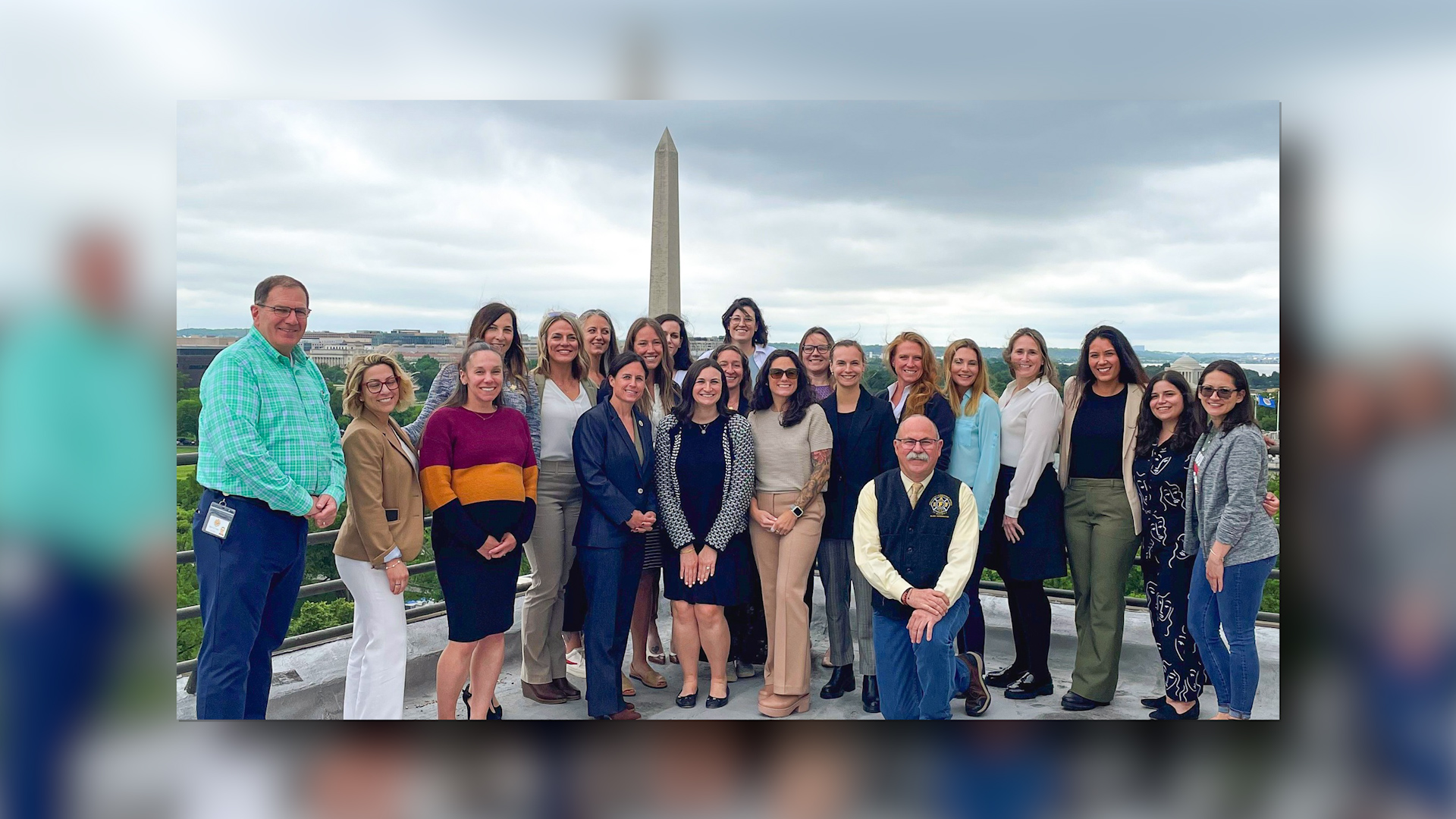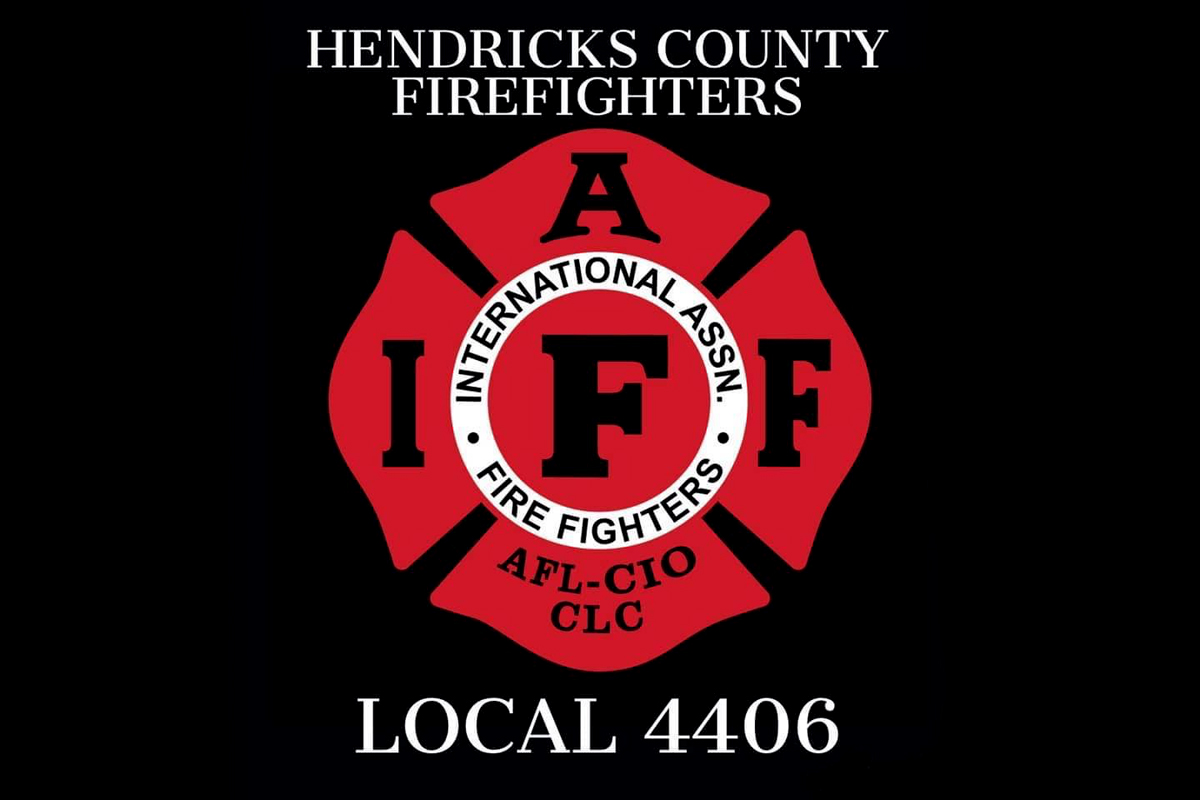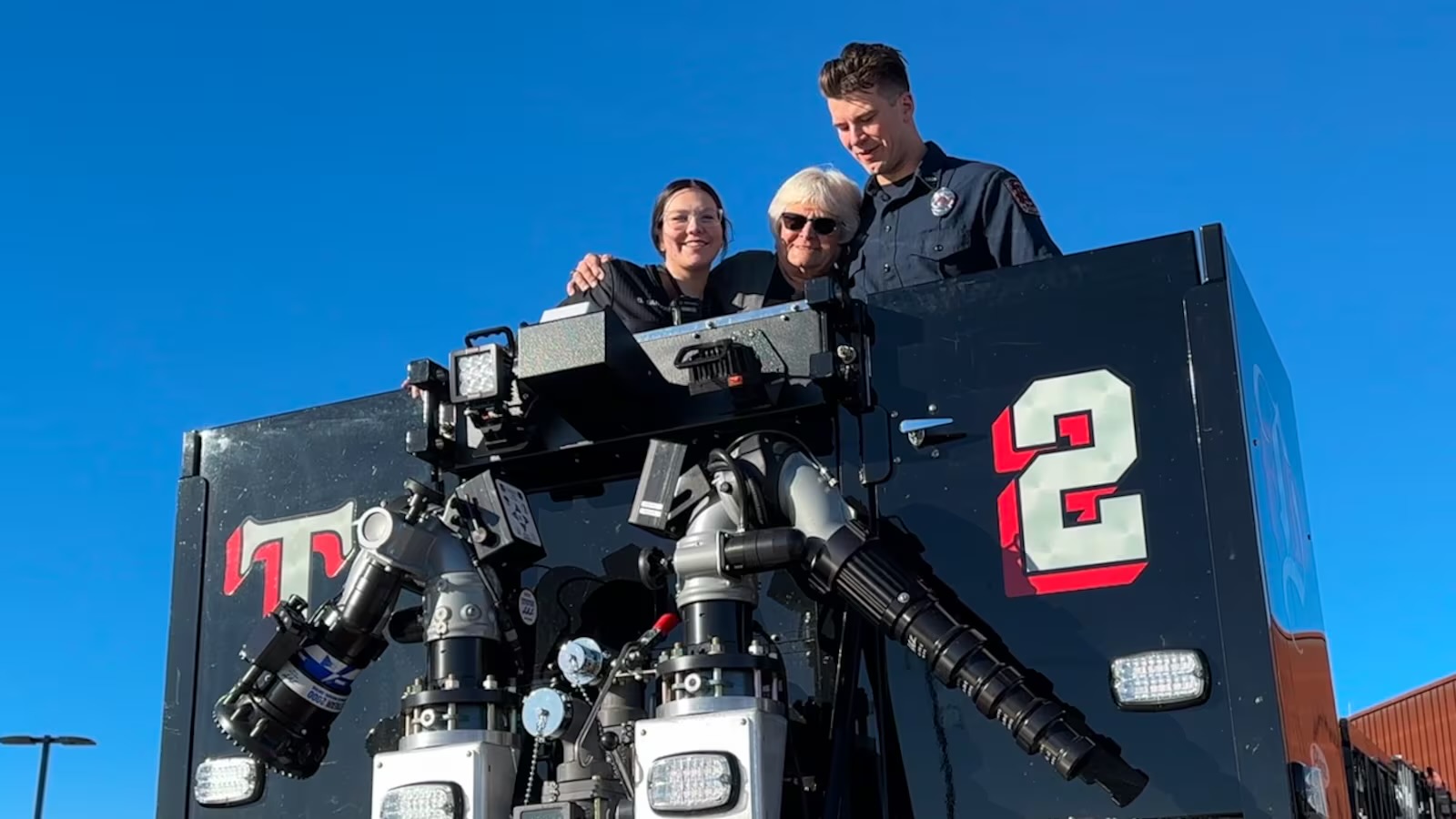What is the National Firefighter Registry for Cancer?
In 2018, with broad support from several fire service organizations including the IAFF, Congress passed the Firefighter Cancer Registry Act, which directed NIOSH to develop a registry to study cancer among fire fighters. Research shows that fire fighters have a greater risk of some types of cancer due to their exposure to smoke and hazardous chemicals on the fireground. These studies primarily focused on fire fighters employed decades ago at just a few large fire departments. Many of these studies also did not include volunteer fire fighters or enough women or non-white fire fighters to draw conclusions about their cancer risk. Only a few studies examined the relationship between the number of fire responses and cancer risk and no studies considered exposures from major events, disasters, or emerging hazards. These gaps in data are why the registry was created; the data will help researchers gain a better understanding of cancer in the fire service.
Capt. Kenny Fent, Ph.D., CIH, manager of the Firefighter Health Program at the National Institute for Occupational Safety and Health (NIOSH), fact-checks common misconceptions about the program.
“”i am not eligible to sign up for the national firefighter registry.”
Fact: According to Fent, all U.S. fire fighters, with or without cancer, no matter their length of service, qualify. This includes active, former, and retired fire fighters, as well as career, paid-on-call, volunteer, structural, wildland, industrial, military, instructors, and fire investigators.
“Registering for the National Firefighter Registry for Cancer takes too long.”
Fact: Fent says the time involved in registering can largely depend on the length of the person’s career in the fire service.
To get started, Fent says fire fighters can visit the NFR website on a personal computer or smartphone and create a Login.gov account (or sign in if they already have one). They will then be redirected to the NFR enrollment site, where they can follow the on-screen prompts. After completing the informed consent and user profile, participants will receive an NFR participant number, which can typically take 5 to 10 minutes.
The remainder of the enrollment questionnaire, which includes questions on demographics, work history, health history, and lifestyle, can take an additional 20 minutes. However, it’s possible to log off at any time and resume where you left off.
Fent notes that fire fighters may be called away at a moment’s notice. If possible, he says it’s important to complete the demographics section before logging out. Completing all questions up to and including the demographics section allows NIOSH to track and retrieve cancer diagnosis information if a fire fighter develops cancer—even 30 years down the road.
If the questionnaire is not completed in one sitting, participants will receive reminders via email or text message. Fent says the work history section is detailed, but it is also one of the most important parts of the questionnaire for understanding how fire fighters’ work and exposures relate to cancer risk.
For more helpful guidance, visit the tip sheet here.
“My personal information won’t be kept confidential.”
Fact: According to Fent, privacy and data security are top priorities for the NFR. Fire fighters join the NFR through a secure website using multi-factor authentication and fire fighter data is stored securely with multiple layers of encryption. Fire fighters’ information is kept confidential and only accessible to NIOSH researchers. Fire fighters can watch this short video to learn more about how NIOSH will protect their data.
Fent says the data in the NFR is used to evaluate fire fighters’ risk of cancer and better understand the workplace factors associated with that risk.
“I don’t see the benefits of participating.”
Fact: Fent says with broad participation across the fire service over time, the NFR program will be able to evaluate the risk of many different types of cancers in fire fighters, including rare forms of cancer and cancers that mainly impact women. The NFR may reveal cancer risks not previously identified in fire fighters. It can also evaluate how the risk of those cancers varies by different factors, like fire service specialty area, race and ethnicity, and regions of the country, and whether the adoption of control interventions helps to lessen the risk. He says the information is valuable for informing new policies or procedures aimed at protecting fire fighters from cancer.
Fent says feedback shows the enrollment process is useful as it covers work history, exposure controls, and healthy behaviors. This often highlights the importance of documenting exposures, adopting control measures, and getting annual physicals. Some participants have been prompted to seek medical evaluations, leading to early cancer detection.
“I’ve already participated in a state-level initiative, so I don’t need to join the National firefighter registry.”
Fact: According to Fent, state cancer registries do not collect detailed and complete occupational information. NIOSH will collect detailed occupational information from NFR participants to match with past or future cancer diagnosis information by linking data with state cancer registry records periodically over time. This linked data will allow NIOSH to identify and study new cancer diagnoses among NFR participants for years to come.
A few states have created fire fighter cancer registries. Those registries have largely focused on capturing cancer cases among fire fighters in those states, but most do not capture information from those without cancer. Fent says NIOSH will use the NFR for cancer to collect occupational information from both fire fighters with and without cancer to evaluate why some might develop cancer and others do not.
He says combining information from fire fighters across the U.S. will help researchers better understand cancer and its risk factors in the fire service, which could ultimately help reduce cancer among fire fighters for generations to come.



